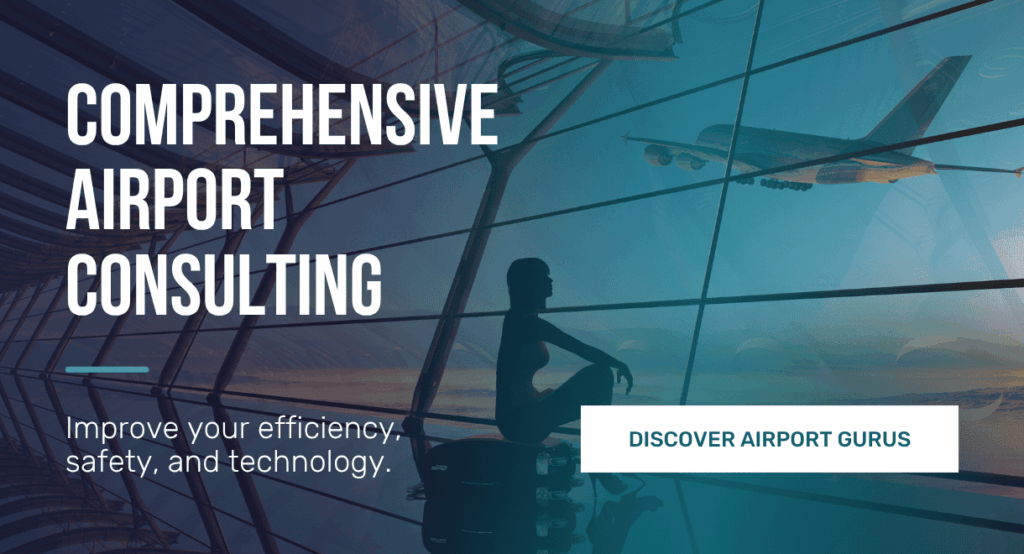With GPS interference becoming more common in commercial aircraft, there is a pressing need for reliable alternate sources of location, navigation, and timing to ensure safety.
This kind of electronic warfare is becoming more of a problem for civilian flights all over the globe. It employs false or disruptive signals to mess with the navigation and safety systems of aircraft.
Because of how dependent contemporary cockpits are on GPS, tampered data can compromise several systems on board and cause delays that might extend from a few minutes to the whole flight. Alarming occurrences such as abrupt clock resets, erroneous terrain warnings, and unanticipated flight path changes have been encountered by pilots.
The growing number of assaults on global navigation satellite systems (GNSS) makes us wonder how secure our skies are in a world where everything is becoming more complicated.

Advanced Drone Warfare Techniques Increase GPS Attacks
The most recent conflicts have been characterised by the innovative use of drone warfare, which has led to powerful GPS jamming operations. The proliferation of this technology means that state and non-state actors alike will be able to use similar strategies whenever conflict breaks out.
Although this issue will likely persist mostly in the Middle East in the years to come, it is far from limited to that region. Asymmetric threats, like the ability to disrupt satellite navigation at low cost, could target any nation facing conflict or terrorism.
Because of this, more and more countries will resort to defensive GPS jamming and spoofing to protect themselves from these threats.
This will cause more areas to have inaccurate navigation signals. Consequently, GPS interference major flight safety for airlines will face significant impacts as navigation signal disruptions become increasingly widespread.
The Vulnerability of Civil Aviation: Impact on Safety and Efficiency
Spoofing and jamming technologies are not selective, so they simply block any GPS signal that happens to be in the vicinity, including those of current commercial aircraft. As a result, civilian aircraft locating systems are vulnerable to interference, especially when they are near a disputed area.
Business jets are not immune to GPS jamming either. Flight schedules and overall business travel efficiency can be affected by these interruptions, which can lead to major delays or diverted flights.
For example, a military drill in January 2019 included a GPS jamming incident that affected several business jet flights in the vicinity and across the Straits of Florida. The GPS interference now flight safety airline was evident as operators struggled to communicate with air traffic control, leading to serious navigational mistakes.
Managing traffic, particularly in and around large international airports, has become more challenging as a result of the jamming occurrences. Disruptions like this pose new dangers to pilots and air traffic controllers, especially given how dependent we are on GPS.
If the terrain-avoiding safety system known as EGPWS (Enhanced Ground Proximity Warning System) malfunctions, it might have disastrous consequences.
Outdated and Vulnerable: GPS Struggles to Keep Up with Advancements in Satellite Technology
While being the oldest satellite navigation system in the world is certainly an accomplishment, it certainly doesn’t bode well for safety. With GPS interference now flight safety concern, the urgency for modernisation is becoming apparent.
Already, the more contemporary Galileo satnav system in Europe and China’s roughly twice-as-large BeiDou have surpassed the performance of the three-decade-old system.
Both governments are still pouring resources into developing alternatives to GPS, which include anti-jamming and spoofing protocols like Galileo’s OSNA and new explorations into constellations of low-Earth orbit (LEO) satellites to generate signals that are more robust, secure, and difficult to jam.
The rate of GPS updates, however, is much lower. Years have passed since the original plan for the upgrading to GPS 3, which brings very little improvement above GPS 2. At the very least, another ten years will pass until the completion of GPS 3F, the subsequent version. The next-generation military navigation system, NTS-3, is likewise moving at a snail’s pace. Repeated delays have left the first NTS-3 test satellite hoping to launch this year.
Understanding the Risks and Mitigate Accordingly
There is conclusive evidence from all accounts of GPS interference that flight crews and air traffic control can find solutions to problems with GPS-based systems.
Although ground-based landing systems and current flight management systems increasingly depend on constant and precise GPS reception, it is evident that signal interference can cause stress for flight crew, financial hardship for commercial operators, and operational disruptions at airports which reinforces the notion that GPS interference major flight safety concern.
Understanding the risks (financial or safety-related) and implementing suitable mitigation techniques is crucial for manufacturers, commercial airlines, private operators, airport authorities, and other enterprises that rely on ground-based GPS. Some potential concerns that need to be understood are:
- Building flight management system test cases based on real-world scenarios as defined in the ASRS. Although it may seem to be an insurmountable endeavour to recreate such a vast array of situations, it is made simpler with the help of current testing tools and simulators.
- Keep an eye on the radio frequency (RF) signal environment around an airport to figure out where interference is happening and, maybe, why. This may be accomplished with the help of one or more interference detectors and yields very informative results.
Conclusion
In the current atmosphere of increased tension, GPS spoofing and jamming present a genuine danger. Flight crews are prepared to recognise and deal with such interference, and efficient methods to prevent them are being worked out.
Additionally, operational and cybersecurity teams must work together, and regulatory bodies and sector risk management must provide continuous assistance. The reality remains that GPS now major flight safety for the industry and requires proactive measures to ensure the safety of aviation operations.